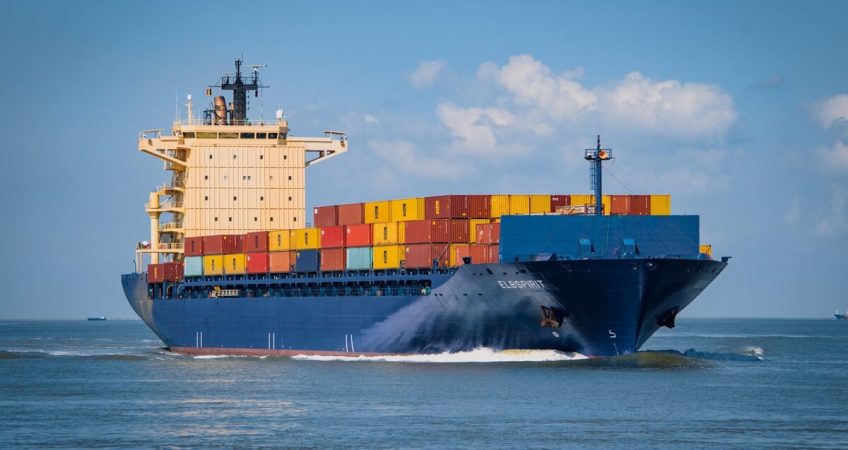
Ocean freight remains a cornerstone of international trade, powering the movement of goods across the world. As global commerce expands, ocean freight’s reliability, cost-effectiveness, and efficiency have cemented its role in supply chains. For businesses and shippers aiming to transport large quantities or bulky items internationally, ocean freight often emerges as the ideal solution.
What is Ocean Freight?
Ocean freight involves transporting goods by sea using cargo ships and is an essential mode of transportation in international logistics. This method is particularly favored for heavy goods and bulk shipments due to the lower costs associated with sea transport compared to air freight. Containers are loaded at the origin port and then transported across oceans to the destination port, where they are unloaded and transferred to other forms of transport for final delivery.
Types of Ocean Freight Shipping
Ocean freight offers various shipping options to suit different types of cargo:
- Full Container Load (FCL): FCL is suitable for businesses shipping large volumes. With FCL, you get exclusive use of an entire container, which can be more secure and cost-efficient for bulk shipments.
- Less than Container Load (LCL): For smaller shipments, LCL allows different businesses to share container space. This method is more economical for small shipments, as costs are split among multiple clients.
- Roll-on/Roll-off (RoRo): RoRo vessels are designed for vehicles or heavy machinery, enabling easy transport without loading and unloading the cargo repeatedly.
- Bulk Shipping: This is reserved for specific bulk cargo like grains, coal, or oil and is transported in large quantities, usually in non-containerized formats.
Advantages of Ocean Freight
- Cost-Effective: Ocean freight is typically more economical than air freight, especially for bulky or heavy goods, making it the preferred choice for many importers and exporters.
- Environmental Efficiency: Ships produce fewer emissions per ton of cargo compared to air transport, making ocean freight a more eco-friendly choice.
- Capacity and Flexibility: Large vessels have vast capacity, allowing for the transport of extensive shipments at once. With numerous container options, ocean freight can cater to a variety of cargo needs.
Ocean Freight Challenges
While ocean freight has many advantages, it’s essential to be aware of its potential challenges:
- Longer Transit Times: Shipping by sea is slower compared to air freight, which may not be suitable for time-sensitive goods.
- Weather-Related Delays: Ocean freight is susceptible to delays due to adverse weather conditions, affecting delivery timelines.
- Customs and Regulations: Ocean freight can be subject to stringent customs inspections and regulations, which may vary from one country to another, impacting timelines and costs.
Choosing the Right Freight Forwarder
Selecting a reliable freight forwarder is crucial for a smooth ocean freight experience. A seasoned freight forwarder, like Trans global, will handle the complexities of ocean shipping, from documentation and customs clearance to tracking your shipment in real-time. A reputable freight partner provides transparency, helps in mitigating unexpected costs, and ensures your goods arrive safely.
Conclusion
Ocean freight remains a powerful force in the global logistics landscape, offering businesses a cost-effective and scalable way to move goods internationally. By understanding the intricacies of ocean freight, companies can leverage its benefits while minimizing challenges. With the right freight forwarder, your ocean freight experience can be seamless and efficient, opening new horizons in global trade.
